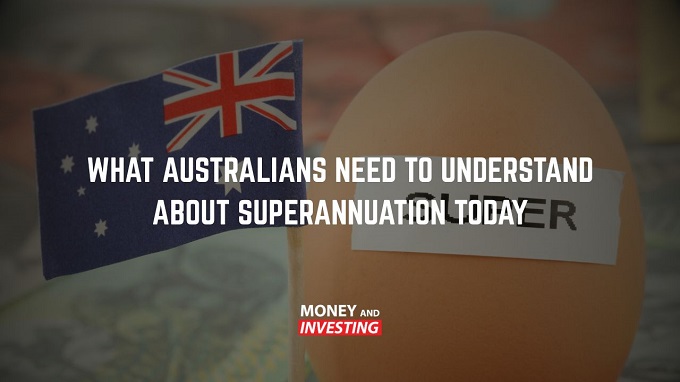Income Investing and Dividend Strategies – Andrew Baxter
In the investing realm, income investing and dividend strategies have garnered considerable attention from those aiming to achieve steady returns and accumulate wealth over time. These strategies harness the power of cash flow generated by investments, particularly through dividends, to establish a reliable income stream. This article explores the fundamentals of income investing, examines various dividend strategies, and highlights their benefits and considerations.
Income investing focuses on generating a regular income from investments, such as stocks, bonds, real estate investment trusts (REITs), and dividend-paying funds. The goal is to identify assets that provide dependable and attractive cash flow, allowing investors to either supplement their income or grow their wealth over the long term.
A central element of income investing is dividends. Dividends represent a portion of a company’s profits distributed to its shareholders. Dividend-paying stocks are those that regularly distribute a part of their earnings as cash dividends, typically on a quarterly basis, though some companies may offer monthly or annual payments. Investors benefit from dividends in two primary ways: immediate income and reinvestment for potential future growth.
Dividend strategies involve curating a portfolio of dividend-paying stocks that match an investor’s financial goals and risk tolerance. Various strategies include high-yield dividend stocks, dividend growth stocks, and dividend aristocrats. High-yield dividend stocks focus on companies with above-average dividend yields, offering a substantial income stream. Dividend growth stocks emphasize companies with a history of consistently increasing their dividend payouts. Dividend aristocrats are companies known for raising their dividends for a significant number of consecutive years, often seen as indicators of stability and financial robustness.
The advantages of income investing and dividend strategies are manifold. They provide a steady income stream, which is particularly attractive for retirees or those seeking passive income. Dividends can be used for daily expenses, reinvested to compound wealth, or redirected into other investment opportunities. Additionally, dividend-paying stocks have historically outperformed non-dividend-paying stocks, offering both income and potential capital gains. Moreover, dividends can offer a buffer during market downturns, as companies that maintain dividend payments during tough times often demonstrate resilience and financial strength.
Nonetheless, investors should consider the risks and factors associated with income investing and dividend strategies. Evaluating the sustainability and reliability of dividend payments is crucial, which involves analyzing a company’s financial health, earnings growth, and payout ratio (the portion of earnings distributed as dividends). Diversifying the dividend portfolio across various sectors and industries helps mitigate risks tied to individual companies. Additionally, market conditions and interest rate fluctuations can impact dividend stocks, making it essential to stay informed about economic trends and market dynamics.
Tax implications are another important consideration. Dividends are generally subject to income tax, but some may qualify for favorable tax rates or be eligible for tax-advantaged accounts like Individual Retirement Accounts (IRAs) or 401(k) plans. Consulting a tax professional can provide valuable advice on optimizing tax efficiency within an income investing strategy.
In summary, income investing and dividend strategies provide a path to generating regular cash flow and building wealth over time. By selecting dividend-paying assets aligned with their financial goals and risk tolerance, investors can enjoy consistent income, potential capital appreciation, and protection against market volatility. Successful implementation requires thorough analysis, diversification, and an understanding of tax considerations. With careful planning and a long-term perspective, these strategies can be effective tools for achieving financial independence and ensuring a prosperous future.
#Australianinvestment
#SmsfInvesting
#Smsfinvestmentideas


Comments
Post a Comment